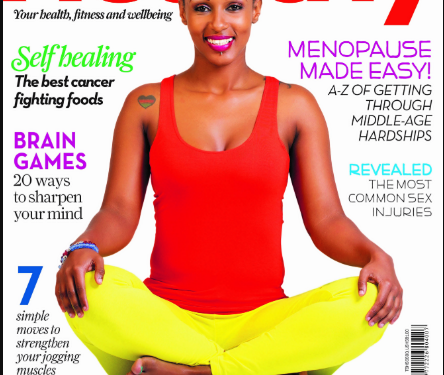Health magazines for women focus on the health of women, and can help improve the way they feel about themselves and their bodies. The issues covered in these publications range from diet and exercise to sex, nutrition, and fitness. Approximately 1.5 million people read these magazines in the U.S. annually. In addition to nutrition and fitness, many of the titles also cover topics like sex and relationships. The content in health magazines for women is often written by women for women.
Influence of magazine consumption on body dissatisfaction
This study investigated the relationship between body dissatisfaction and magazine consumption. It was found that body dissatisfaction and magazine consumption are linked indirectly. The relationship between body dissatisfaction and magazine consumption was mediated by body shape concerns and men’s thinness expectations. However, the relationship between magazine consumption and body dissatisfaction may not be direct, and many other factors may contribute to the association.
Magazine consumption is measured by reading frequency and commitment level. This may indicate the level of investment in the messages contained in the magazines. Further, the magazine consumption may be a risk factor for body dissatisfaction. However, future studies should investigate the direction of this relationship.
The authors conclude that negative body images in magazines may be internalized by women. These negative images can lead to body dissatisfaction and negative body image. This is particularly true for younger women. This effect may persist, even if the woman has reached adulthood.
Influence of magazine consumption on drive for thinness
Among women, the frequency of magazine consumption is related to their sociocultural attitudes toward appearance and the thin ideal. Women who view the thin ideal favorably will have a lower drive for thinness than women who view it negatively. The level of body dissatisfaction among women also moderates the relationship between magazine consumption and drive for thinness.
The findings from this study suggest that the drive for thinness may be mediated by internalization, which refers to the process of taking in societal ideals. However, this internalization may vary according to individuals’ impressionability. It is also possible that the internalization of the thin ideal may have an impact on individual differences.
In a study, women who read fashion magazines were more likely to develop the drive for thinness, while men who read health and fitness magazines were more likely to be happy with their bodies. As a result, the magazine themes were related to depression, body dissatisfaction, and an obsession with thinness. These factors may play a role in mediating the relationship between magazine consumption and depression.
Influence of magazine consumption on depression
Health magazines for women publish articles on various health topics, including depression. These magazines are widely distributed, and their high circulation rates expose millions of women to the messages they contain. As psychiatric nurses, we have an opportunity to shape these messages. We should also keep in mind that reading magazines doesn’t cause depression – but it can cause body dissatisfaction.
This study’s main limitation is that it was correlational, which means that it was not possible to draw conclusions about a causal relationship. Consequently, future studies should include more diverse samples to avoid bias. However, the findings suggest a few implications that deserve further investigation. For example, it is possible that the same magazine could affect different levels of depression, but the effect would be smaller when reading one type of magazine over another.
Another potential cause is the mediating effect of body dissatisfaction. This may be an indirect effect of magazine consumption. While the consumption of health magazines is not directly related to body dissatisfaction, it may indirectly affect body shape concerns and men’s thinness expectations. In other words, the effect of health magazines on psychological health is not caused by consumption, but by other factors.
Influence of magazine consumption on self-concept
A new study explores the influence of magazine consumption on women’s self-concept, and the results are interesting. Magazine consumption increases self-concept, but it does so indirectly. Although body dissatisfaction is not the main mediator, it is significant for the indirect effect. The results suggest that magazine consumption may have a more complicated relationship with consumer psychology.
Magazines with different themes have different effects on women’s self-concept. For example, health and fitness magazines are associated with thinness, while fashion magazines are linked to body dissatisfaction. The differences between the themes and effects have been the subject of much research.
The study also found that about half of women who read magazines were negatively influenced by the articles. In contrast, about half of women who read Cosmopolitan and Newsweek were not negatively affected. Despite the negative effects of magazines on women’s self-concept, most of the women found that they were satisfied with their body shape and size.






